- Heating
- Plumbing
- Repiping
- Garbage Disposals
- Faucets, Fixtures & Sinks
- Showers & Tubs
- Clogged Toilet Repair
- Backflow Testing & Certification
- Sump Pumps
- Slab Leak Repair
- Water Softeners
- Water Filtration Systems
- Tankless Water Heaters
- Water Heater Repair & Installation
- Water Heater Maintenance
- Gas Line Repair, Installation & Leak Detection
- New Construction
- Commercial Plumbing
- View All Plumbing Services
- Water Treatment
- Sewer Repair
- Drain Cleaning
- Remodeling
- Service Areas
- About Us
DONT HESITATE TO ASK REQUEST A QUOTE
Your Local Annapolis Plumbing Contractor Our Family, Serving Yours, Since 1947
Looking for a reliable Annapolis plumber? We’re here for you! Call Heidler, Inc. at 410-268-7191 to schedule immediate service.
Plumbing emergencies should never be put on the back burner. Make sure you are ready for the unexpected by having us in your corner. Heidler, Inc. has been the reliable choice for an Annapolis plumber since 1947.
Our team of experts started small but has grown over the years to become the most trustworthy plumbing service provider out there. If you need drain cleaning, pipe repair, or even sewer line service, you can be sure that we can fix your issue with the speed and efficiency of true professionals. Call us to learn why your neighbors have trusted us for over half a century!
Schedule services
Dependable, Flat Rates
Know exactly what you will be spending and avoid surprise bills and unexpected charges.
Live Assistance
Don’t get frustrated with answering machines. When you call us, you will always be connected to live help and be on your way to recovering from your plumbing emergency as quickly as possible.
Family owned and operated
Our company has been family owned and operated since 1947. We know what it takes to deliver a total solution for our customers. You will always be our first priority.
We Give You the Service You Need
Don’t be afraid to rely on Heidler, Inc. for any plumbing service you might need. Our team is fully trained and equipped to handle just about any problem your home might face. Plus, we’ll always be sure to leave your home as spotless as it will be functional!Additional Services We Offer
Trust Our Team to Work for You
As a family owned and operated business, we pride ourselves on our ability to deliver friendly and dependable service.
Our neighbors across Annapolis and the surrounding areas know that they can trust that our technicians show up on time, work diligently, and always clean up after themselves!
Fast, Efficient Service
When you need service quickly, you can count on us! Our technicians arrive on time and work diligently to get your home back to normal in no time.
Experience You Can Count On
We’ve been serving the Annapolis, MD, area with honor and dedication for more than 70 years, so we know what your home needs more than most!
Trustworthy Technicians
Every member of our team is background-checked and drug-tested, so you can always feel safe and comfortable with us in your home.
Instant-Savings coupons
Get the services you need for less! Don’t miss out on these great deals from Heidler, Inc.
Client testimonials
Peace of mind maintenance club
Why wait until a toilet overflows or a pipe bursts to pay attention to your home's plumbing systems? Preventative maintenance can help you keep your pipes clean, your water heater working efficiently, and your home safe from dangerous water or gas leaks.
When you sign up for a preventative maintenance agreement with Heidler, Inc., you can take advantage of exclusive savings, peace of mind, and expert care for your home and plumbing.
CONTACT US TODAY!
Get premier plumbing services with the original Annapolis plumber. Call Heidler, Inc. today at 410-268-7191 and enjoy quality solutions at guaranteed upfront, flat rates.
Schedule Service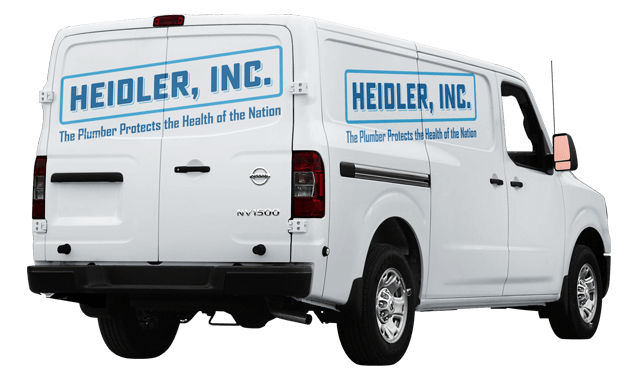
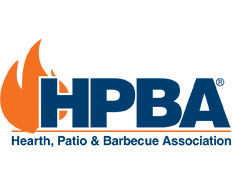
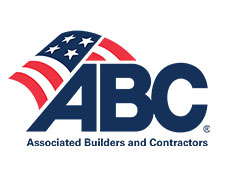
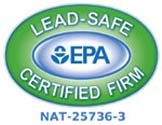

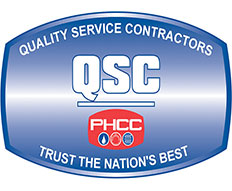

AREAS WE SERVE
- Arnold
- Annapolis
- Crofton
- Edgewater
- Gambrills
- Millersville
- Odenton
- Pasadena
- Severn
- Severna Park
